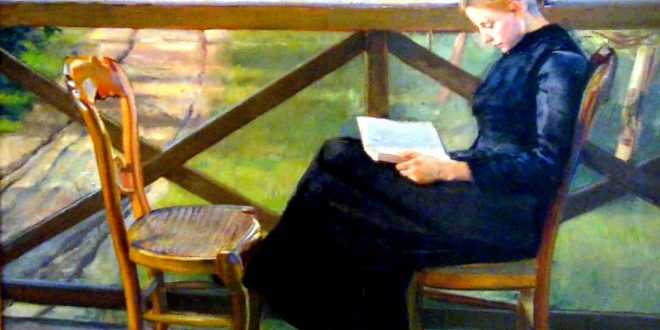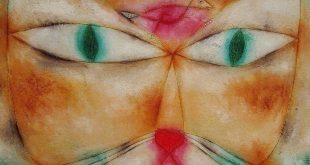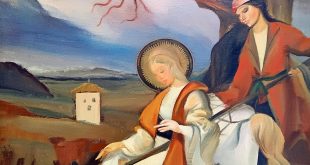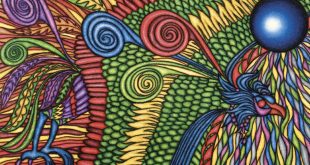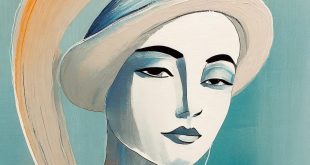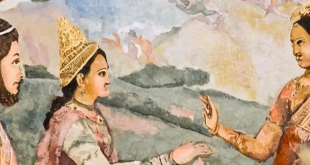 CHRISTIAN KROHG 1/3 – Inspired by the ideas of the realists he chose motives primarily from everyday life, Christian Krohg – in the 1880s and 1890 – he was a central figure in the debates about Norwegian culture, also developing an interest in naturalism and socially engaged art. In 1873, he moved to Karlsruhe, where he enrolled in the workshop of Karl Gussow, becaming familiar with the practice of most academic painting.
CHRISTIAN KROHG 1/3 – Inspired by the ideas of the realists he chose motives primarily from everyday life, Christian Krohg – in the 1880s and 1890 – he was a central figure in the debates about Norwegian culture, also developing an interest in naturalism and socially engaged art. In 1873, he moved to Karlsruhe, where he enrolled in the workshop of Karl Gussow, becaming familiar with the practice of most academic painting.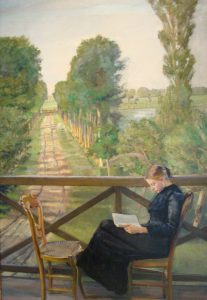
CHRISTIAN KROHG 2/3 – Before moving to Paris in 1881, he related in Denmark, while he devoted himself to the practice of a painterly naturalism that had the Danish fishermen as models and scenes of Norwegian farmers. He began the Decade of 1880 with a trip to Paris, showing the influence of Impressionism, (especially the huge figure of Manet).
CHRISTIAN KROHG 3/3 – He was one of the first exponents of Impressionism in Norway and in 1884 he began to exhibit regularly at the annual exhibitions in Oslo. He was married to artist Oda Krohg and was the father of muralist Per Lasson Krohg. There are notable paintings by Christian Krohg in the National Museum of Art, Architecture and Design in Oslo and at Skagens Museum in Denmark. Like writer, he published “Albertine”, realistic portrait of poverty and prostitution https://www.amazon.com/Albertine-Christian-Krohg/dp/1141238721?ie=UTF8&ref_=asap_bc
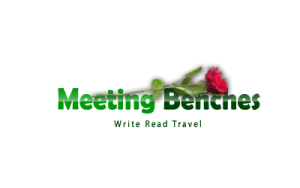 You can see more on Meeting Benches, looking for
You can see more on Meeting Benches, looking for
 Meeting Benches World art in all forms
Meeting Benches World art in all forms
